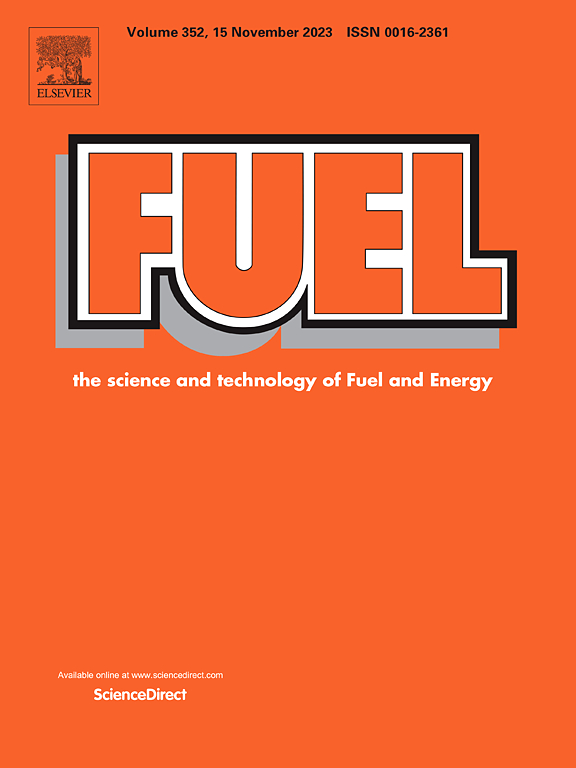Anion engineering coupled with trace Pt boosts FeOOH for seawater splitting under industrial conditions
IF 6.7
1区 工程技术
Q2 ENERGY & FUELS
引用次数: 0
Abstract
Developing efficient and stable electrocatalysts is imperative for water electrolysis to boost the practical applications of hydrogen energy. Herein, iron hydroxide with anionic defects and loaded trace platinum is prepared by corrosion engineering onto 3D porous nickel-iron (NIF) foam (Pt, B-FeOOH/NIF) at room temperature. The Pt, B-FeOOH/NIF with the sea-urchin-like structure possesses rich oxygen vacancies, good conductivity, and superhydrophilicity surface, and thus greatly facilitating electron transfer and mass transfer. The coupling effect of the transition metal and small amount of noble metal leads to an optimal balance of hydroxyl ions and hydrogen atoms adsorption, which provides superior electrocatalytic activity and long-term stability in alkaline solutions. Therefore, the Pt, B-FeOOH/NIF needs only 320 and 257 mV overpotential to achieve 1000 mA cm−2 for hydrogen evolution reaction (HER) in alkaline freshwater/seawater, respectively, and 10 mA cm−2 for the oxygen evolution reaction (OER) with only 209 and 292 mV, exhibiting superior bifunctional catalytic performance for overall water splitting. The assembled electrolyzers display optimum catalytic performance and stability at high currents for industrial applications. This study provides an approach for the fabrication of noble metal loaded onto transition metal hydroxide nanomaterials to obtain highly active electrocatalysts.

求助全文
约1分钟内获得全文
求助全文
来源期刊

Fuel
工程技术-工程:化工
CiteScore
12.80
自引率
20.30%
发文量
3506
审稿时长
64 days
期刊介绍:
The exploration of energy sources remains a critical matter of study. For the past nine decades, fuel has consistently held the forefront in primary research efforts within the field of energy science. This area of investigation encompasses a wide range of subjects, with a particular emphasis on emerging concerns like environmental factors and pollution.
 求助内容:
求助内容: 应助结果提醒方式:
应助结果提醒方式:


